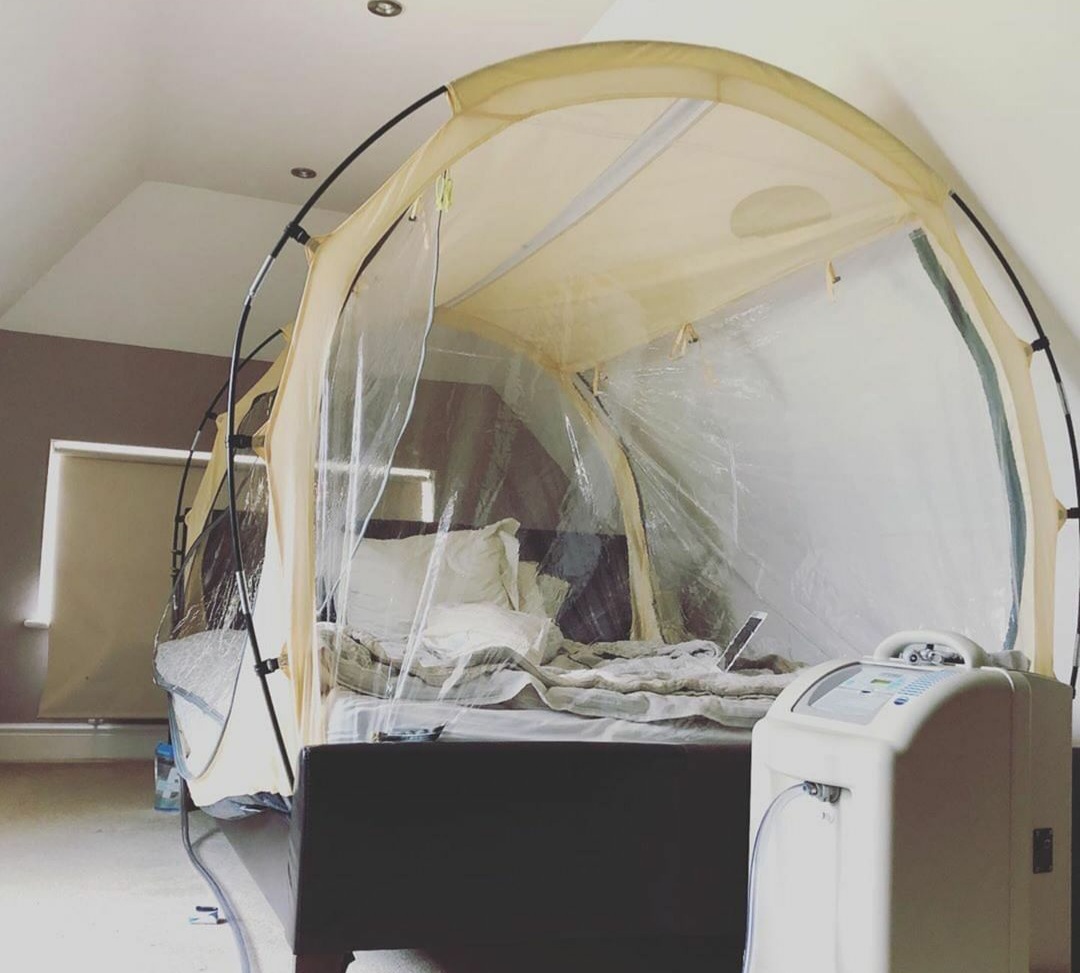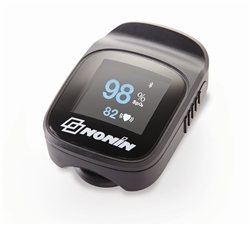Good and proper acclimatisation can make or break an expedition. Get it right, you’ll be feeling fit, strong and raring for the summit.
Get it wrong and you open yourself up to a host of altitude related issues that could result in an unsuccessful expedition.
For years, acclimatisation rotations have been a vital cog in the expedition wheel (they still are)… But, with time becoming an ever more present barrier to expeditions, there has been a big swing in the number of ‘rapid ascents’ or ‘flash expeditions’ taking place. This is particularly noticeable on the big 8000ers, but even on mountains like Kilimanjaro we are seeing people cut days off their itineraries in the name of of time saving, and a 2 day climb of Mt Blanc poses an extreme elevation gain in a very short time period.
Whilst great for getting out and being in the mountains on a time budget, these quick climbs offer very little time for acclimatisation on expedition, greatly increasing the risk of developing Acute Mountain Sickness (AMS). However, what if there was a way of preparing the body and beginning the acclimatisation process before even leaving the comfort of your own home? Enter pre-acclimatisation.

So, what exactly is pre-acclimatisation?
The name says it all really! It is the process of exposing yourself to altitude prior to a climb. Essentially, the aim is to replicate the hypoxic conditions experienced at altitude before stepping foot on the mountain. We do this via hypoxic generators, which remove oxygen from the air you breathe either in a hypoxic chamber, in a tent, or via a face mask. Modern technology means that this can be carried out not only using the facilities at our London HQ, but there are options to make the altitude come to you, via our portable hypoxic generators. The punchline is that whatever the training type you choose, exposure to low oxygen environments will stimulate compensatory physiological adaptations which improve our ability to transport oxygen around the body and that will ultimately prepare the body for the hypoxic conditions, leading to a better and more comfortable experience on the mountain.

Unfortunately, it’s not as easy as jumping straight to 8000m… Pre-acclimatisation requires time, starting off at low altitudes and gradually increasing as the body adapts. We track this adaptation by using devices that monitor blood oxygen saturation (spO2) which is the amount of oxygen in your blood. As an individual becomes acclimatised, their spO2 will increase at a given altitude, meaning they are ready to go higher! The science tells us that as the altitude increases, repeatedly experiencing low spO2 for relatively short periods of time kickstarts the process of acclimatisation, ensuring the body is better able to cope with that particular altitude when it is faced with the low oxygen environment on the mountain.
How long does it take and how can I do it?
The exact amount of time required to pre-acclimatise will vary depending on individual responses to altitude, and the height of the mountain being climbed. But all in all, the more time spent at altitude, the better, with most pre-acclimatisation periods lasting several weeks or months. The most efficient and practical way to maximise time at altitude is when you sleep… No, you did not read that wrong, through the use of altitude generators feeding hypoxic air into altitude tents, you can literally train whilst you sleep! Sleeping at altitude is important for people heading to the highest altitudes, because it enables you to accumulate literally hundreds if not thousands of hours at altitude before you start climbing, without having to find any additional time in the day to train.
However, tents aren’t the only option! For many of us tackling climbs up to ~6000m, sleeping in an altitude tent may not be absolutely necessary, or something that we’re willing to do. Fortunately there are easily accessible options to help ensure you get your time at altitude before departure. The first port of call is often exercise at altitude. Even exercise at fairly moderate altitude (e.g. ~3000m) can kick start the acclimatisation process and accelerate your fitness gains so you are stronger all round by the time you reach the mountains (check out James’ recent research post for more on the benefits of exercising at altitude). Including a combination of strength and aerobic training at altitude is a great way to start training at altitude.
When it’s time to start ramping up the altitude for the most specific forms of acclimatisation training, it’s time to take the intensity down. Using The POD for intermittent hypoxic exposure training involves breathing very high altitude air (up to 6500m) through a mask, whilst passive. Because we can take the altitude up far higher than we can during exercise, the POD is especially good for pre-acclimation. What’s more, because POD sessions are passive, you can do them while you work, read or catch up on your box set, and they don’t leave you feeling tired like exercise would, meaning that you don’t have to make additional time to complete the sessions and you can do them as often as possible for maximum gains!
Once you’ve mastered training at altitude, and the POD, it’s time to put the two together for the ultimate in pre-acclimatisation. Under the watchful eye of a Performance Specialist, specific training (think incline walking or box stepping) at the highest altitudes is the cherry on top of the cake. The aim of training is to become more specific the closer to your event you get, and this is as specific as it gets! Get the hiking boots on, and experience the challenges that your high altitude climb will pose to prepare your body effectively.
So, whether you are an expert mountaineer looking to tackle the 7 summits, or a beginner looking to climb your first 3,000m peak, pre-acclimatisation is ready and waiting! Get in touch with the team to find out which option is best to ensure you have the trip of a lifetime!
